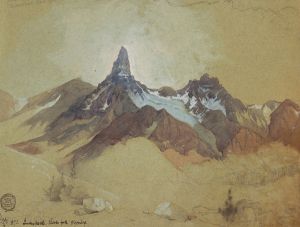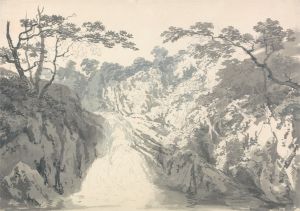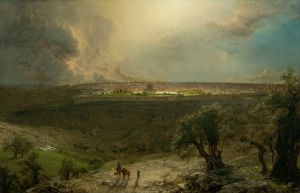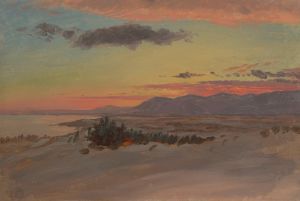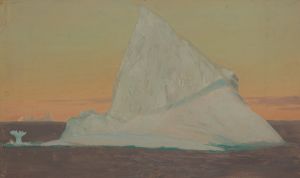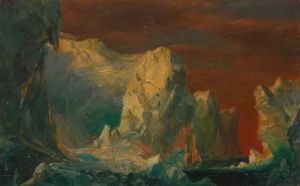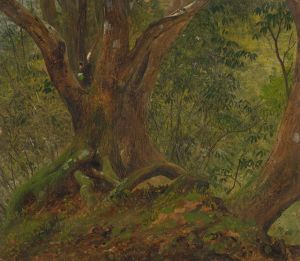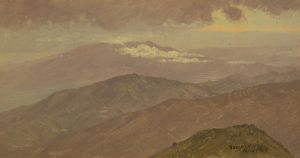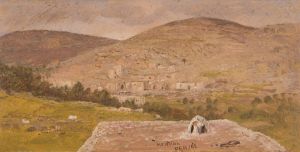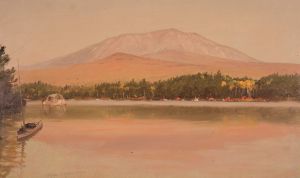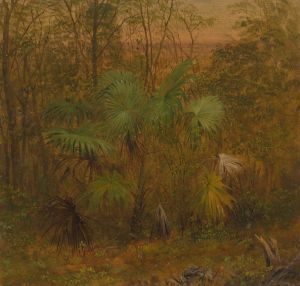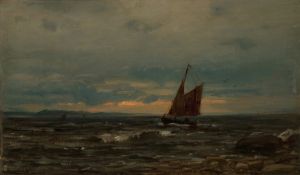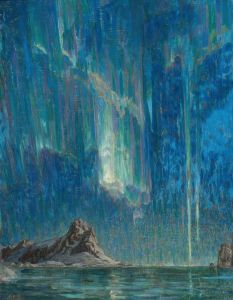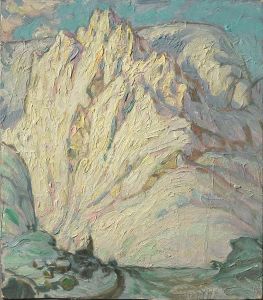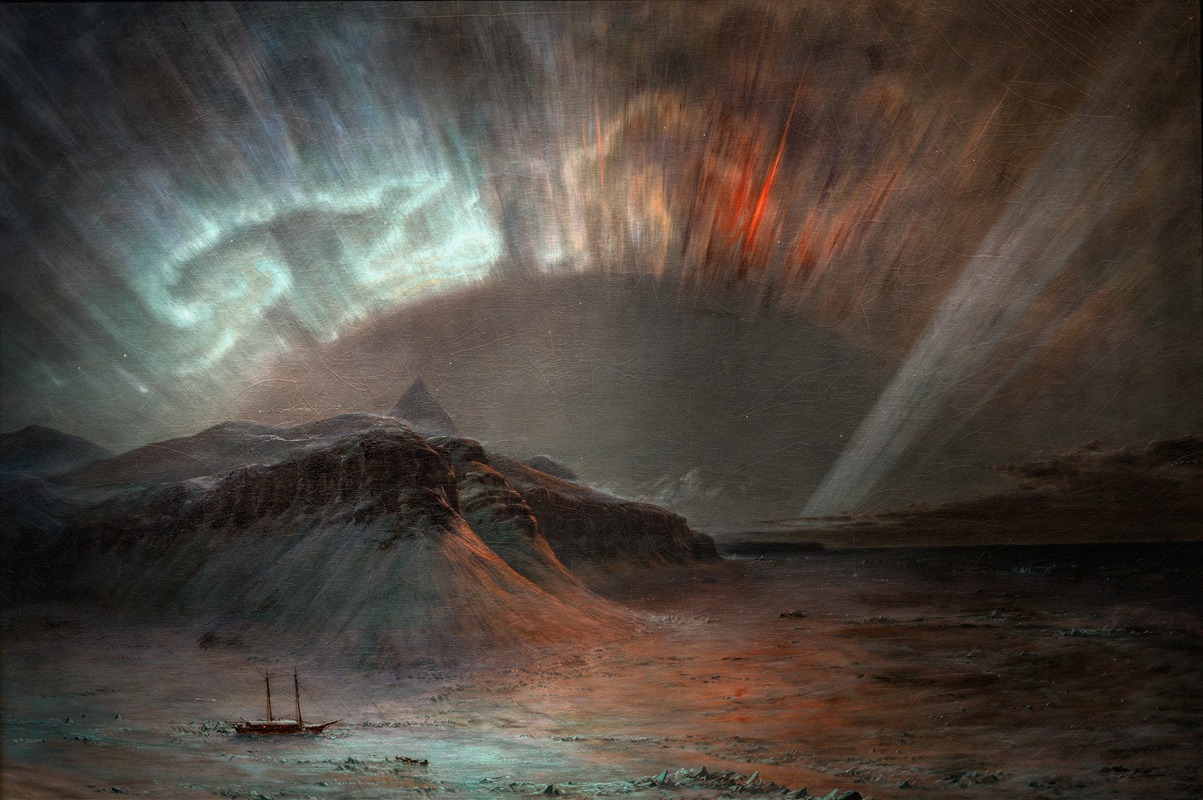
Aurora Borealis
A hand-painted replica of Frederic Edwin Church’s masterpiece Aurora Borealis, meticulously crafted by professional artists to capture the true essence of the original. Each piece is created with museum-quality canvas and rare mineral pigments, carefully painted by experienced artists with delicate brushstrokes and rich, layered colors to perfectly recreate the texture of the original artwork. Unlike machine-printed reproductions, this hand-painted version brings the painting to life, infused with the artist’s emotions and skill in every stroke. Whether for personal collection or home decoration, it instantly elevates the artistic atmosphere of any space.
"Aurora Borealis" is a renowned painting by the American landscape artist Frederic Edwin Church, completed in 1865. Church was a central figure in the Hudson River School, a mid-19th century American art movement known for its romantic portrayal of the American landscape. This painting is one of Church's most celebrated works, capturing the awe-inspiring natural phenomenon of the aurora borealis, or northern lights.
The painting was inspired by the Arctic expeditions of Church's friend, Dr. Isaac Israel Hayes, an explorer who ventured into the polar regions. Hayes's experiences and observations provided Church with the necessary details to accurately depict the Arctic environment. The painting reflects the grandeur and mystery of the northern lights, a subject that fascinated many during the 19th century due to its scientific and aesthetic allure.
"Aurora Borealis" measures approximately 56 x 83.5 inches and is executed in oil on canvas. The composition is dominated by a dramatic sky filled with vibrant colors, ranging from deep greens to bright yellows and reds, illustrating the dynamic and ephemeral nature of the aurora. The foreground features a rugged, icy landscape with a ship trapped in the ice, which is believed to be a reference to Hayes's expedition. The ship's presence adds a narrative element to the painting, suggesting themes of exploration and human endurance against the formidable forces of nature.
Church's meticulous attention to detail and his ability to convey the sublime beauty of the natural world are evident in this work. The painting is noted for its vivid color palette and the artist's skillful use of light and shadow to create a sense of depth and movement. The aurora's ethereal glow is rendered with a sense of realism that captures the viewer's imagination, making it one of the most striking representations of this natural phenomenon in art.
The painting was first exhibited in 1865, shortly after its completion, and was met with critical acclaim. It was seen as a testament to Church's artistic prowess and his ability to capture the majesty of the natural world. Today, "Aurora Borealis" is housed in the Smithsonian American Art Museum in Washington, D.C., where it continues to be admired by art enthusiasts and scholars alike.
Church's "Aurora Borealis" not only reflects the artist's fascination with the natural world but also serves as a historical document of 19th-century exploration and scientific curiosity. The painting remains a significant work within Church's oeuvre and the broader context of American art history, exemplifying the Hudson River School's ideals of capturing the sublime and the picturesque in nature.





